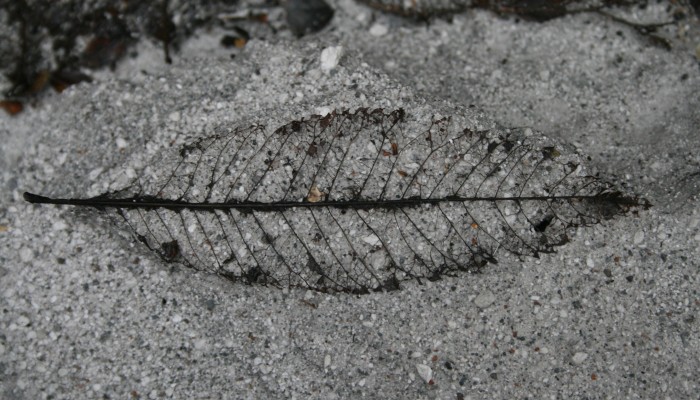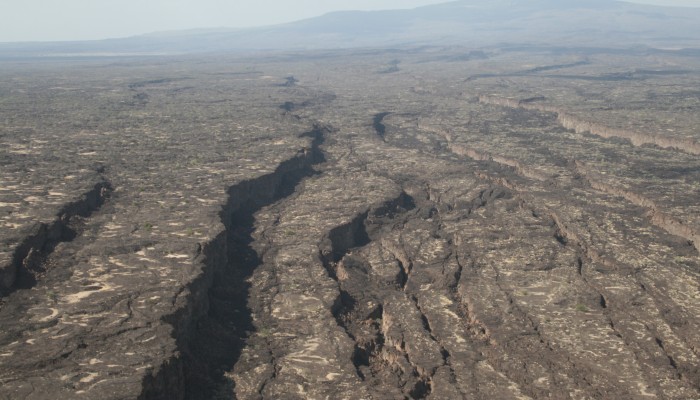Update: June 2015 Our open access research paper on Aluto volcano is now available online: Hutchison et al., 2015, Structural controls on fluid pathways in an active rift system: A case study of the Aluto volcanic complex, Geosphere 11, 542-562, doi:10.1130/GES01119.1
A volcanic retrospective: eruptions of the Soufrière, St Vincent
The records, reports and testimonies of past volcanic eruptions and their consequences contain a wealth of information from which we can learn valuable lessons. This, in a nutshell, is the starting point of one strand of the STREVA project, ‘Strengthening Resilience in Volcanic Areas‘, which is a large programme funded by two British funding agencies (NERC and ESRC) and directed from t ...[Read More]
Remote sensing of volcanoes and volcanic processes
A major goal of volcanological science is understand the processes that underlie volcanic activity, and to use this understanding to help to reduce volcanic risk. Advances in instruments and techniques mean that scientists can now measure many different aspects of the behaviour of restless or active volcanoes, including seismicity (to detect magma movement at depth, for example); deformation (oft ...[Read More]
Friday Field Photo – Soufrière Hills Volcano, Montserrat in 1998
View of the steaming dome of the Soufrière Hills Volcano (SHV), Montserrat, in February 1998, just at the beginning of the first pause in the eruption which began in 1995. Since that time, the volcano has gone through another 4 cycles of slow lava extrusion,along with a number of major episodes of dome collapse. The volcano remains active, and closely monitored by the Montserrat Volcano Observator ...[Read More]
Friday Field Photos: the Southern Volcanic Zone of Chile
If you are ever in Chile and have the chance to take a mid-morning flight south from Santiago towards Puerto Montt or Concepcion, make sure you try and book a window seat on the left hand side of the plane. Once the early morning cloud has cleared, you could be in for a treat as you fly along the ‘volcanic front’, with spectacular views of Chile’s brooding volcanoes popping up f ...[Read More]
Santorini: a volcano in remission?
In January 2011, Santorini volcano in Greece began to show the first subtle signs of stirring after many decades of quiet – or at least many decades without detectable activity. This presented an exceptional opportunity to track the behaviour of a very well-studied volcano at the start of a phase of ‘unrest’. Although it may seem counter-intuitive, volcanologists don’t real ...[Read More]
Chaiten: anniversary of an eruption
May 1st marks the anniversary of the start of the first historical eruption of Chaiten, a small volcano in southern Chile, in 2008. A lot has been written on the eruption elsewhere, starting with Erik Klemetti’s eruptions blog which first reported on the event at the time. This is an opportunity to share some field photos, which I took during field visits to Chaiten in 2009. At the time of t ...[Read More]
What do you wish that you had learned in Graduate School?
In the UK, the landscape of graduate doctoral training (for the PhD, or DPhil degree) in the field of environmental research is about to be radically reshaped. The main funding agency for PhD training, the Natural Environment Research Council, is currently running a competition for Universities and other Research Organisations to run coordinated doctoral training programmes from next year (Octobe ...[Read More]
Sea-floor spreading, on land
One piece of evidence that helped to establish the theory of Plate Tectonics in the early-1960’s was the recognition of patterns of magnetisation in the basalts of the seafloor that were symmetrical about the global oceanic ridge system. Fred Vine and Drummond Matthews recognised that this pattern had to be fixed in place as the lavas, that were erupted along the ocean ridge, cooled through ...[Read More]
A Portmanteau of Natural Hazards
Last week, the UK’s Natural Environment Research Council (NERC) launched an over-arching programme in Natural Hazards, a network called PURE (Probability, Uncertainty and Risk in the Environment). This post is a very short attempt to navigate the maze of acronyms of projects that are either linked to PURE, or to other related initiatives in Natural Hazards in the UK. PURE itself is a network ...[Read More]





